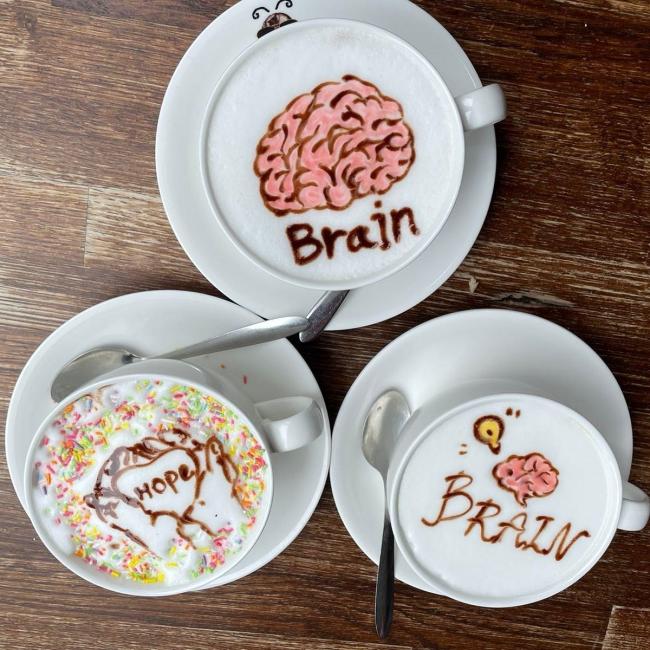Repeated Measurement of Microglia-Dendritic Spine Interactions Using Multi-Photon Imaging
Curr Protoc. 2023 May;3(5):e791. doi: 10.1002/cpz1.791.
ABSTRACT
In recent decades, mounting evidence has shown that microglia play a vital role in maintaining synapses throughout life. This maintenance is done via numerous microglial processes, which are long, thin, and highly motile protrusions from the cell body that monitor their environment. However, due to the brevity of the contacts and the potentially transient nature of synaptic structures, establishing the underlying dynamics of this relationship has proven difficult. This article describes a method of using rapidly acquired multiphoton microscopy images to track microglial dynamics and microglia:synapse interactions and the fate of the synaptic structures following those interactions. First, we detail a method for capturing multiphoton images at 1-min intervals for approximately 1 hr and how that process can be done at multiple time points. We then discuss how best to prevent and account for any drifting of the region of interest that can occur during the imaging session and how to remove excessive background noise from those images. Finally, we detail the annotation process for dendritic spines and microglial processes using plugins in MATLAB and Fiji, respectively. These semi-automated plugins allow tracking of individual cell structures, even if both microglia and neurons are imaged in the same fluorescent channel. This protocol presents a method of tracking both microglial dynamics and synaptic structures, in the same animal, at multiple time points, giving the user information on process speed, branching, tip size, location, and dwell time, as well as any dendritic spine gains, losses, and size changes. © 2023 The Authors. Current Protocols published by Wiley Periodicals LLC. Basic Protocol 1: Rapid multiphoton image capture Basic Protocol 2: Image preparation using MATLAB and Fiji Basic Protocol 3: Dendritic spine and microglial processes annotation using ScanImage and TrackMate.
PMID:37222240 | DOI:10.1002/cpz1.791
Authors
Alison Canty, PhD, GradCert UL&T, BSc
Neuroscientist


